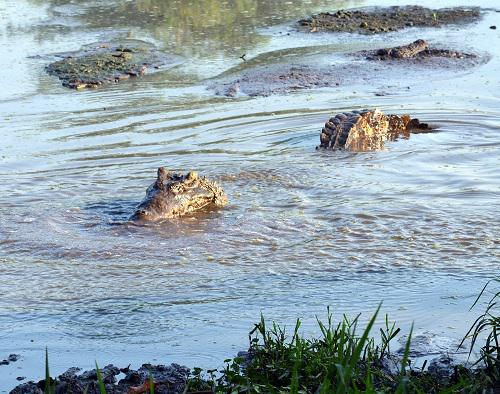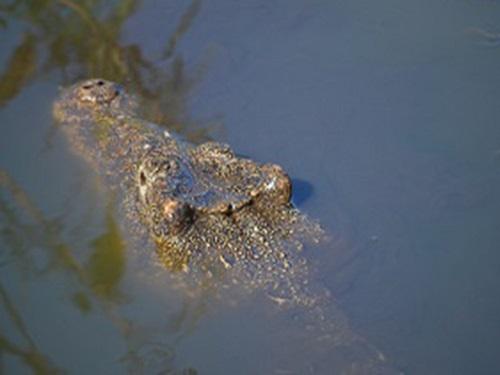Yoamel Milián-García
Other projects
16 Apr 2012
Genetic Characterization of the Critically Endangered Cuban Crocodile (Crocodylus rhombifer) and its Congener C Acutus in Cuba: A Conservationist Outlook I
16 May 2014
Genetic Characterization of the Critically Endangered Cuban Crocodile (Crocodylus rhombifer) and its Congener C Acutus in Cuba: A Conservationist Outlook II
Objective: to evaluate molecularly the systematics and taxonomy of the Cuban crocodiles based on mitochondrial and nuclear markers.

Crocodylians are considered the world’s largest and most prominent living reptiles. Nowadays, the order Crocodylia is represented by 24 recognized or proposed living species, distributed among three families: (Alligatoridae, Crocodylidae, and Gavialidae) and nine genus: (Alligator, Caiman, Melanosuchus, Paleosuchus, Crocodylus, Mecistops, Oteolaemus, Tomistoma and Gavialis), representing, along with birds, the unique surviving members of Archosauria. Just the genus Crocodylus comprises 50% (12 out of 24) of the extant crocodylian species and is unique inside the order for its distribution around the globe. Interestingly, it is proposed of recent diversification and dispersion with an origin not older than 13.6 mya. Despite its singularity, being the richest species and the unique worldwide distributed genus from Crocodylia, the taxonomic position of certain species as the Cuban Crocodylus is currently under discussion. The lack of genetic information for suitable evaluation of their systematic position is affecting the effectiveness of current conservation management plans, as well as the validation of their taxonomic specific status.
